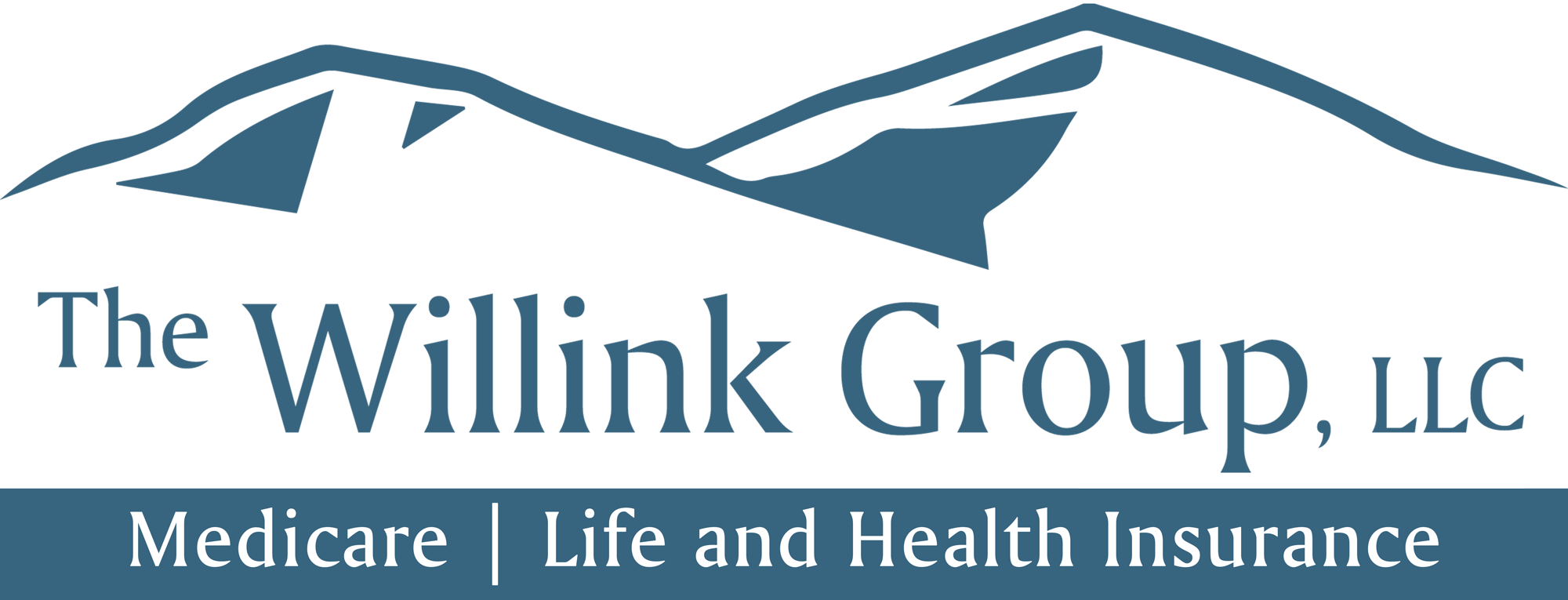Comprehensive Insurance. Optimal Health.
Health Insurance

Fee-for-Service
These plans generally assume that the medical professional will be paid a fee for each service provided to the patient. Patients are seen by a doctor of their choice and the claim is filed by either the medical provider or the patient.

Managed Care
More than half of all Americans have some kind of managed-care plan. Various plans work differently and can include: health maintenance organizations (HMOs), preferred provider organizations (PPOs) and point-of-service (POS) plans. These plans provide comprehensive health services to their members and offer financial incentives to patients who use the providers in the plan.

Get covered, stay healthy

Plan ahead for long-term care costs
What is 'long-term care'?
Long-term care isn’t a very helpful name for this type of situation because, for one thing, it might not last for a long time. Some people who need ADL services might need them only for a few months or less.
Many people think that long-term care is provided exclusively in a nursing home. It can be, but it can also be provided in an adult day care center, an assisted living facility, or at home. Assistance with ADLs, called “custodial care,” may be provided in the same place as (and therefore is sometimes confused with) “skilled care.” Skilled care means medical, nursing, or rehabilitative services, including help taking medicine, undergoing testing (e.g. blood pressure), or other similar services. This distinction is important because generally Medicare and most private health insurance pays only for skilled care–not custodial care.
Stay Secure with Disability Insurance
What are the types of
disability insurance?
Short-Term Disability (STD) and Long-Term Disability (LTD)

Short-Term Disability
Short-Term Disability policies (STD) have a waiting period of 0 to 14 days with a maximum benefit period of no longer than two years.

Long-Term Disability
Long-Term Disability policies (LTD) have a waiting period of several weeks to several months with a maximum benefit period ranging from a few years to the rest of your life.
Shield Yourself: Disability Policies with Dual Protection
Disability policies have Two different protection features that are important to understand.
Non-cancelable means the policy cannot be canceled by the insurance company, except for nonpayment of premiums. This gives you the right to renew the policy every year without an increase in the premium or a reduction in benefits.
Guaranteed renewable gives you the right to renew the policy with the same benefits and not have the policy canceled by the company. However, your insurer has the right to increase your premiums as long as it does so for all other policyholders in the same rating class as you.
In addition to the traditional disability policies, there are several options you should consider when purchasing a policy:
Additional purchase options
Your insurance company gives you the right to buy additional insurance at a later time for an additional cost.
Coordination of benefits
The amount of benefits you receive from your insurance company is dependent on other benefits you receive because of your disability. Your policy specifies a target amount you will receive from all the policies combined, so this policy will make up the difference not paid by other policies.
Cost of living adjustment (COLA)
The COLA increases your disability benefits over time based on the increased cost of living measured by the Consumer Price Index. You will pay a higher premium if you select the COLA.
Residual or partial disability rider
This provision allows you to return to work part-time, collect part of your salary and receive a partial disability payment if you are still partially disabled.
Return of premium
This provision requires the insurance company to refund part of your premium if no claims are made for a specific period of time declared in the policy.
Waiver of premium provision
This clause means that you do not have to pay premiums on the policy after you’re disabled for 90 days.
